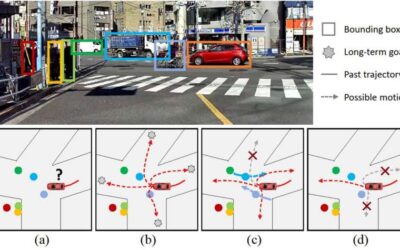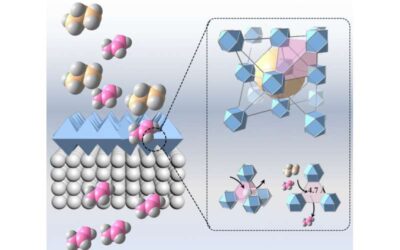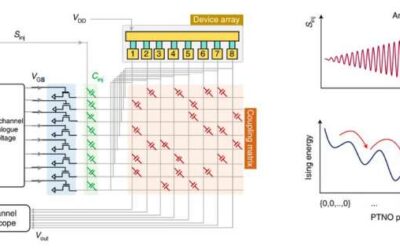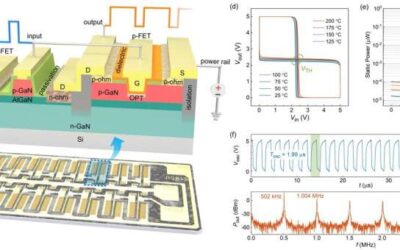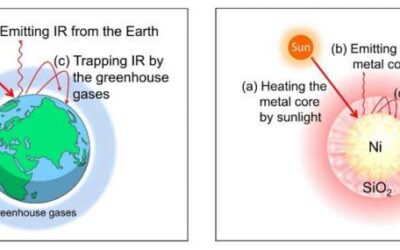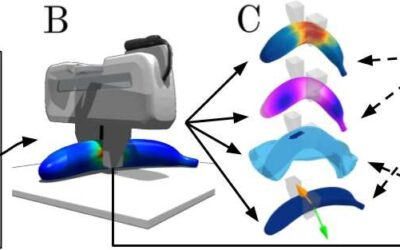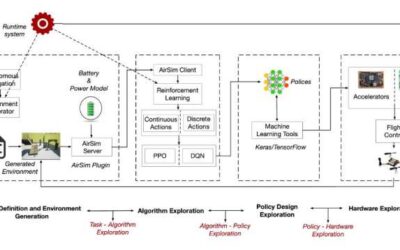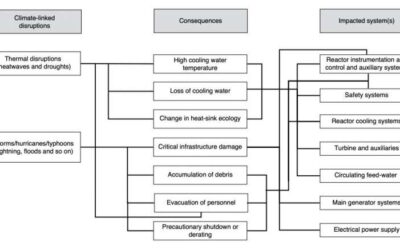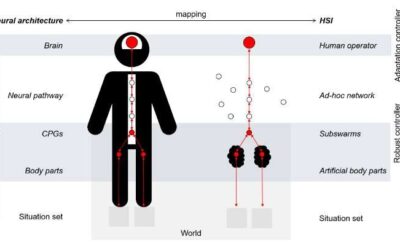Human decision-making processes are inherently hierarchical. This means that they involve several levels of reasoning and different planning strategies that operate simultaneously to achieve both short-term and long-term goals.
TECHXPLORE
A strategy to fabricate metal-organic framework membranes for the separation of hydrocarbons
The separation of light hydrocarbon mixtures is among the most important petrochemical and industrial processes. This process is currently regarded as highly energy intensive, as it has so far been carried out using conventional techniques, such as cryogenic...
The realization of an Ising Hamiltonian solver based on coupled phase-transition nano-oscillators
Combinatorial optimization problems are a class of hard computational problems that are commonly solved by computers for a variety of applications. Combinatorial optimization algorithms, for instance, allow economists to make predictions about a given market or help...
Researchers realize gallium nitride-based complementary logic integrated circuits
Most integrated circuits (ICs) and electronic components developed to date are based on silicon metal-oxide-semiconductor (CMOS) technology. As silicon (Si) is known to have a narrow bandgap, however, in recent years engineers have been trying to develop ICs using...
A supra-photothermal catalyst inspired by the greenhouse effect
Over the past few decades, scientists worldwide have developing a variety of techniques and technologies that can convert carbon dioxide (CO2) into fuel using solar energy. This would ultimately be highly valuable, as it would diminish human reliance on fossil fuels...
DefGraspSim: A pipeline to evaluate robotic grasping of 3D deformable objects
Over the past few decades, roboticists and computer scientists have developed robots that can grasp and manipulate various objects in their surroundings. Most of these robots are primarily trained to grasp rigid objects or objects with specific shapes.
Air Learning: A gym environment to train deep reinforcement algorithms for aerial robot navigation
Roboticists worldwide have been trying to develop autonomous unmanned aerial vehicles (UAVs) that could be deployed during search and rescue missions or that could be used to map geographical areas and for source-seeking. To operate autonomously, however, drones...
Researchers demonstrate the bandgap engineering of 2D C₃N bilayers
Silicon-based transistors are rapidly approaching their limits, both in terms of speed and performance. Engineers and material scientists have thus been trying to identify alternative materials that could enable the development of faster and better performing devices.
Study reveals an increase in the frequency of nuclear power outages caused by climate change
Past research suggests that climate change and energy systems have a bidirectional relationship. In other words, just like emissions from energy systems can fuel climate change, climate change could also expose the vulnerabilities or shortcomings of energy systems.
A theoretical approach for designing a self-organizing human-swarm system
Swarm robotics is a relatively new and highly promising research field, which entails the development of multi-robot teams that can move and complete tasks together. Robot swarms could have numerous valuable applications. For instance, they could support humans during...

